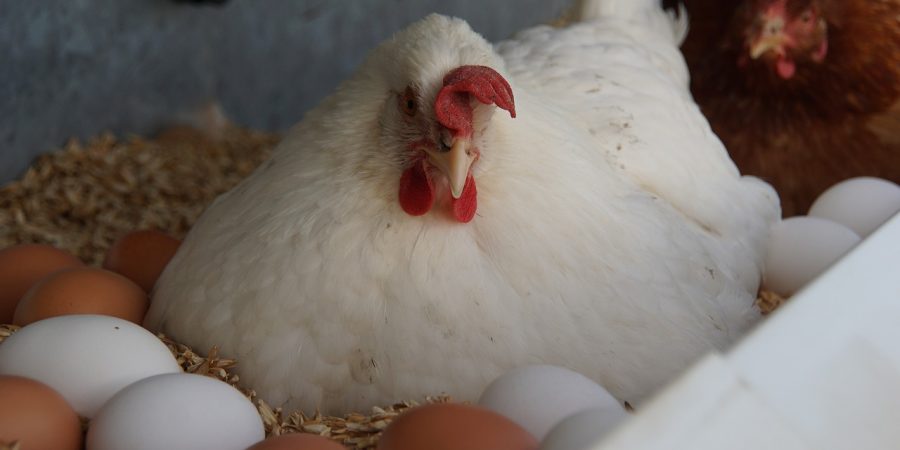What am I doing wrong? This is a question that every poultry farmer asks when their chickens are not laying enough eggs. If this is you, you’re probably looking for solutions right now. I feel your pain and hope this article helps you solve your production challenges.
Should you invest in modern technology?
With the fast-growing technological advancements, it’s easy for a farmer to think the lack of modern equipment is the cause of the low rate of egg production. However, the secret of high egg production lies within the layer house itself. It is the smallest details that farmers often times overlook and pay less attention to which brings about high yields in egg production.
These details provide solutions to many challenges poultry farmers encounter before, during, and after egg production. The first solution is to rule out important obvious factors such as quality of feed, feeding patterns and, high bird density. Outlined below are the challenges leading to less egg productivity and their respective solutions:
1. Temperature
In hot seasons, hens usually lose their appetite in an effort to reduce body temperature. The decrease in feed intake causes a drop in production as well as a drop in eggshell quality due to the lower calcium intake.
Solution: Ventilation of laying houses can help solve this as it removes the heat, moisture, ammonia, and dust produced.
You might also like: Heat Stress in Chickens- Causes, Signs, Solutions
2. Water shortage
Only a few hours without water causes serious changes within the body that will have a marked reduction in the growth rate and health of growing chickens and hens. This can result in a drop in egg production and the birds might go into a molt (lose feathers).
Solution: Check and fill the water tanks regularly. It has also been found that chilled or cool drinking water has a beneficial effect to alleviate heat stress; flushing the water lines a few times during hot days is also beneficial.
3. Bacterial and fungal contamination
Bacteria such as Salmonella enteritidis can easily be transmitted from human carriers to eggs and equipment. Some of the contamination routes include:
- Egg collection belts, packing material, and nests contaminated with fecal and egg contents from broken eggs.
- Poor handling when collecting eggs results in cracks causing easy penetration and access for bacteria.
- The cloaca, if hens are suffering from scouring (diarrhoea).
- Poor environmental conditions, such as dirty equipment, floors, clothing of workers, rodents, cockroaches etc.
Contaminations may later develop into diseases like New Castle disease, Coccidiosis, and Infectious Bronchitis (IB).
Preventing infections: Apply bio-security programs on layer farms which include:
- Limiting visitors into poultry houses before they had gone through a shower and changed into clean clothes and shoes.
- Avoid feed wastage at feed bins to prevent wild birds and rats from feeding from them as they are carriers of many viruses.
- Cleanliness and the removal of waste, dust, and material such as fats and oils in all working areas.
- Proper disposal of dead birds.
- Administering vaccinations.
- Monitoring the health status of layers by engaging health experts like the vet.
- Move infected or suspected to be infected birds into quarantine.
- Collect floor eggs frequently to discourage laying on floors.
4. Declining Light pattern
Light penetrates the skull of the hen causing the brain to secrete hormones that stimulate the liver to produce yolk material for deposition in the ova. This stimulatory effect of light on egg production is brought about by the pattern of lighting.
Most Layers are exposed to a declining light pattern or variations in the light period during the production period resulting in poor egg-yolk development consequently affecting the production rate.
To keep the flock in lay year-round, maintain a schedule of at least 14 hours of light per day. Then increase the amount of light slowly to 16 hours per day.
An increase in light periods has an effect on young pullets to bring them into production and by maintaining the light period on a constant level of 14 – 16 hours per day, egg production is maintained on a high level throughout.
From what has been outlined above, we can easily conclude that success in egg production relies mostly on the careful understanding of the biological makeup of the laying hens and knowing how to better handle their various needs.
